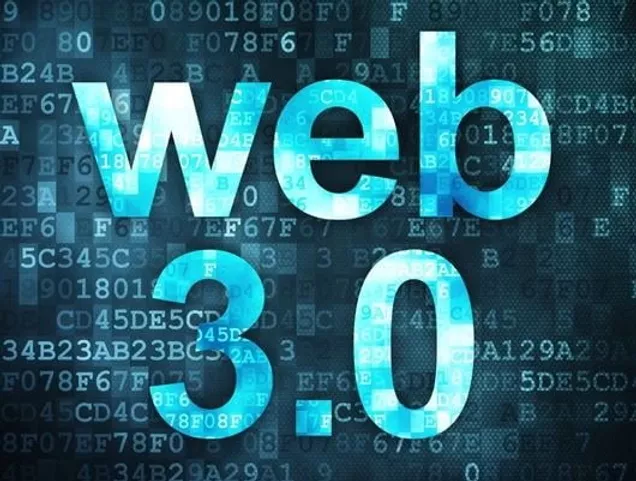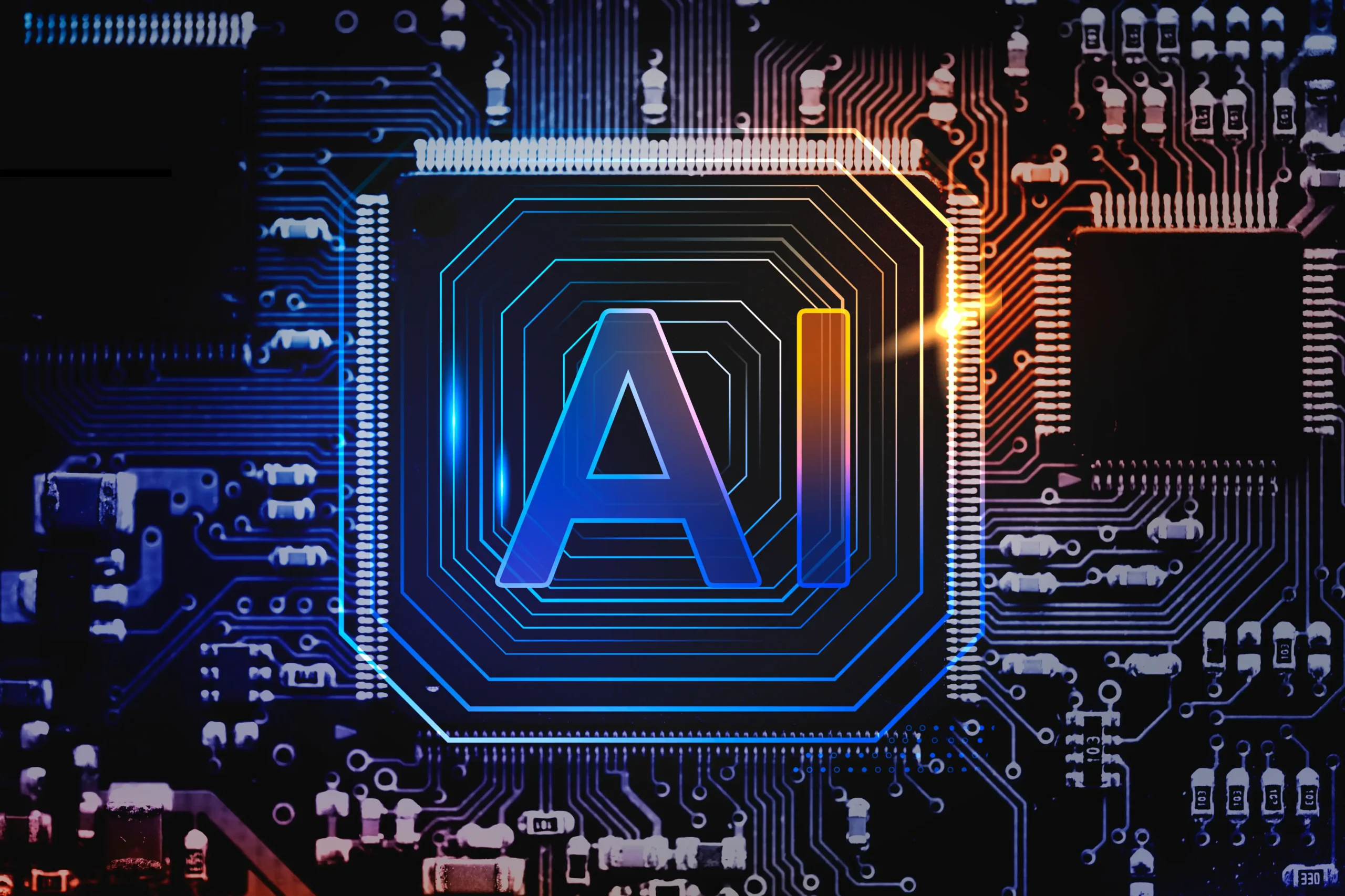WEB3 (Web 3.0) is a general term for various technologies that is making web distributed and more democratized instead of Client-Server setup of legacy web. WEB3 applications are decentralized and synching with virtual & augmented reality for enhanced and secured engagement. The anonymous web will propel peer-to-peer activities and trade, thus taking power away from the large corporations that have unfairly monopolized the web.
Web3 is the term for applications built on blockchain technology, from NFTs to decentralized finance and more. The semantic web 3.0 links context and concepts directly to facts and data on the web. Google and Facebook rely on Web 1.0 that connects words to website URLs. You have to open the URL to find facts. Web 3.0 does this for you without opening URLs. There are many other advantages to having context to understand the facts you find. Not needing to use a centralized gateway controlled by Google or Facebook is one.
Mobile apps are particularly advantaged by UX that does not need web browsers so they will thrive on Web 3.0 bypassing opaque gateways controlled by algorithms like search or news feeds. One formal computation protocol for Web 3.0 is supported by the W3C group. This formality was defined before blockchain was defined. Blockchain can support dapps that are decentralized and trustless governed by logic called smart contracts. That’s what Web3 is all about. There is no computational formality in Web3.
Write mobile web3 crypto apps on iOS and Android. Web3 interest is exploding, there’s a mobile revolution waiting to happen.
Native Swift Web3 Libraries
Swift is an Apple language. Although there are some libraries that promise to be native Swift to develop on the blockchain, they tend to operate at the level of the smart contracts. For example, there is Web3. Swift for Ethereum iOS development. Argent is the company that built out web3.swift, and in their words:
Writing software in different languages often entails different approaches to data management and application logic, and as such we’ve structured web3.swift to make building decentralized apps (dapps) on mobile as familiar as possible.
Moralis, the Firebase for crypto
React Native solutions have the benefit of working cross platform in Android and Web. In this space, the best tool is Moralis. They spin up a backend to store logins, and also store arbitrary data associated with each user who logs in with their wallet.
Moralis allows to authenticate users on any blockchain with just one line of code. All assets, tokens, and NFTs of users are automatically synced into Moralis database and are updated in real-time as users make on-chain transactions.
Moralis combines WalletConnect for logging into crypto wallets, pulling all the assets and coins in the wallet, and even a gallery for viewing NFTs. The backend also caches and indexes the costly blockchain calls, so that NFTs return quicker and don’t have to search the blockchain for every query.
OpenSea APIs
Opensea is the biggest NFT platform, and they expose some of their functionality through their APIs. Although there isn’t an official SDK for Swift or React Native, there are still REST calls that can fetch information about NFT collections and even programmatically place orders.
WEB3 mobile application creation
Developing a WEB3 solution requires custom development since it is the only way to provide decent security and reliability for the products.
1: Initial phase
Any WEB3 mobile applications starts with defining the idea of the project. At this stage, the development team clarifies all details of the future WEB3 solution, including the business aims want to reach and the requirements for the design and functionality. Prepare the descriptions and drafts before contacting the developers. This will help a smooth project in set time-frame and budget.
2: Technical documentation
The second stage of a mobile application with WEB3 solutions involves creating a software document or technical specification. It is a development manual that explains the business logic, including everything from defining the technologies employed to deadlines, budget, and even risks.
3: WEB3 application prototype
Developing the WEB3 solution prototype is one of the most crucial development stages because the interface design defines the entire project’s success. If the users do not like the interface or find it complicated and confusing, they will delete the application and never use the product. Also, they might leave negative feedback.
4: Final UX/UI design
The application prototype developed in the former step will help the UX/UI designers create each tab’s design, agree on it with the client, and test it on a focus group representing the target audience. As a result, the client will receive:
• An application navigation template.
• Icons and buttons design.
• Text fields and their content.
• Other visual elements.
Depending on the difficulty of developing your design, the process will take one week to three months. The design will take a year or even more if it is a WEB3 video game or a virtual space for the metaverse.
When the design development is ready, you will have:
• A UX wireframe for the WEB3 solution
• An application design for iOS and Android
• An interactive application design prototype
5: Application development
There are several scenarios for this stage. First, one might start agreeing on the concept, namely developing the minimum viable product (MVP) that will prove that your idea functions and there is demand. This is a good solution for clients who want to check their ideas’ perspectives on a low budget and within a short time.
Second, one can start developing the complete WEB3 application that has all functions, integrations, and design solutions. This is a solution for product launches in a competitive market with product analogs. It requires a quality product and details equal to or better than the competitors. This is the only way to attract users.
Despite the choice, the developers of the WEB3 application will need to develop the following:
Frontend. This is the part of your WEB3 solution which the user will interact with. For instance, for a cryptocurrency wallet, the developers use the following technologies and development tools (technology stack):
• Programming languages for the web: Angular.JS, React.JS, and Vue.JS.
• Programming languages for App: Java, Kotlin for Android, and Swift for iOS.
• Architecture: MVVM for Android and MVC, MVP, MVVM, and VIPER for iOS.
• IDE: Android Studio and Xcode for iOS.
• SDK: Android SDK and iOS SDK.
Backend. This part is responsible for the inner logic of the application. It connects the interface with the data access level. Developing the backend for a cryptocurrency wallet requires
• Smart contracts: Ethereum virtual machine or BSC.
• SQL database: MySQL, PostgreSQL, MariaDB, MS SQL, Oracle.
• DevOps: GitLab CI, TeamCity, GoCD Jenkins, WS CodeBuild, Terraform.
• NoSQL database: MongoDB, Cassandra, DynamoDB.
• Search engine: Apache Solr, Elasticsearch.
• Programming language: Java, PHP, Python.
• Framework: Spring, Symphony, Flask.
• Cache: Redis, Memcached.
6: Product testing
Quality assurance is an important step at every stage of development for a smooth product launch, especially in the case of creating applications that handle money and business user data. Testers and QA specialists use manual and automated testing to check various vulnerabilities.
7: Deploy the WEB3 application
When the development of a WEB3 mobile app is complete, it’s time to deploy it to the cloud and publish it to the Apple App Store and Google Play. But before that, one need to make sure that the mobile app meets the requirements of these app sites and prepare information about it.
8: Product support
Post-launch support is not mandatory. But it is strictly recommended to improve and develop the project. One can set up the support work either through an internal team or by agreeing with the application developer. However, the latter option is not always possible because the developers can be transferred to work on the other projects. Therefore, one should need to agree on support in advance, and then the developers will either move to long-term work with the project or train a particular team in advance.






